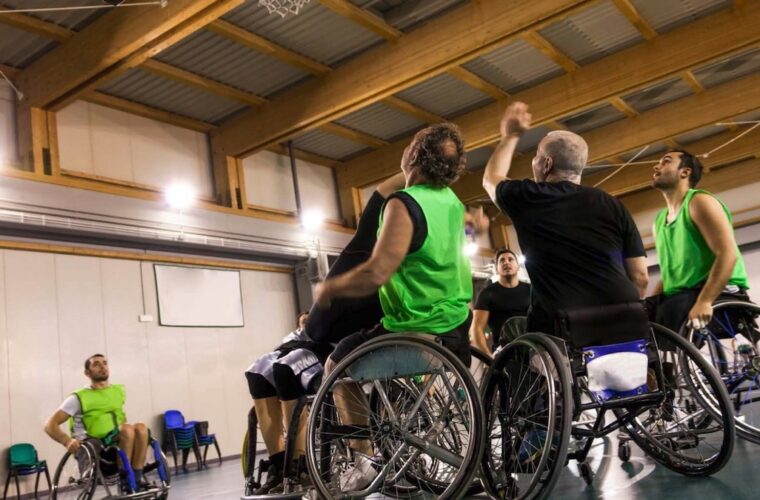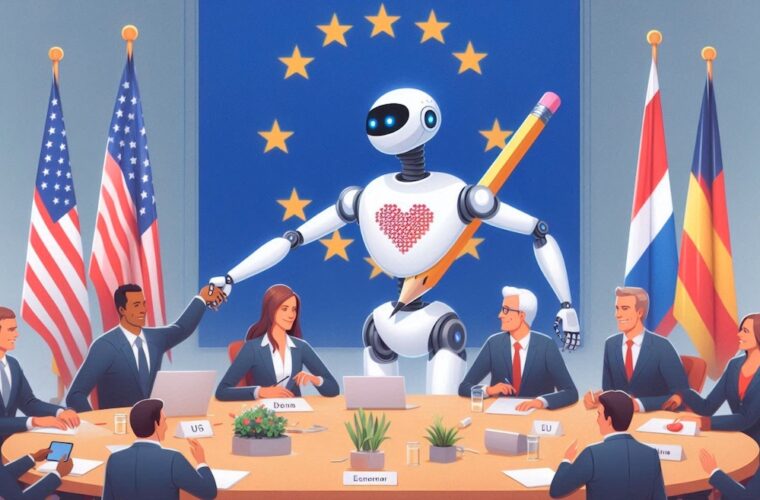New technologies are used to create new applications, such as autonomous military means and to refine existing ones, such as ballistic missiles, which continue to develop rapidly. Artificial intelligence is the leading place today, and it seems destined to play an increasingly central role in the defence sector. The development of autonomous means, which began some time ago, has ensured great efficiency and reduced human involvement, redesigning and partly revolutionizing the ecosystem of military activities.
The war of the future could be driven by technological means, remote cyber-attacks, and the exploration of vulnerabilities in critical infrastructure in a geographically distant country. While nothing can be hidden on the battlefield, military development and the links between state and non-state actors may instead weld with great opacity, making it more difficult to identify an attack’s eventual perpetrator. All this also has repercussions on the geopolitical front. With these increased risks, it is very difficult for a country to guarantee its security alone.
GenWar
Generative applications and LLMs (large-scale linguistic models) could also be increasingly important. General Timothy Haugh, director of the National Security Agency (NSA) of the United States, explained that new generative applications are being integrated into cybersecurity management to accumulate data and give it meaning quickly, with a research phase that will lead to both scientific and civil, as well as defensive and military uses.
The integration between the cyber sphere and artificial intelligence is considered fundamental in sectors such as healthcare, education, and commerce, but in the military field, it could create several problems, especially with an unregulated proliferation capable of impacting human control of military operations.

Nothing to hide
Warfare will, therefore, take on new contours: it will be impossible to hide from the enemy, so more incredible speed will be required. Information and communication will play an increasingly critical role. Being “seen” by one’s citizens or the international community during a war will be increasingly decisive for a leader. In this sense, Ukrainian President Volodymyr Zelensky has managed to avoid a collapse in Ukraine’s morale and mistrust from the outside precisely because of his constant appearances on the Internet. So, there is a need to protect one’s accessibility to the net and store one’s data in several places at once. Not only is it not so much physical, but it is also in the cloud, as Ukraine has done with the help of Microsoft. Technology has increased the capacity for destruction but simultaneously decreased the capacity for regulation.
Human control
Taking as an example some episodes that would have occurred during the war in Ukraine: “What happens if a soldier surrenders to an automated vehicle like an unmanned drone, but it kills him anyway?” A dilemma that touches on a legal aspect, because it would be necessary to understand who would be responsible in such a case. But it is a question that touches on a theme that is, if possible, even more subtle and delicate: the centrality of human judgment and feeling.
The introduction of new means into the war apparatus risks worsening decision-making and increasing risks for civilians, often ending up not considering humanitarian laws. Therefore, a treaty or a precise perimeter would be needed to develop new military applications, stringently regulating their use. Always keeping the human aspect at the centre. Because no matter how advanced war systems may become, in a war, it is and will always be women and men (often innocent) who die.



